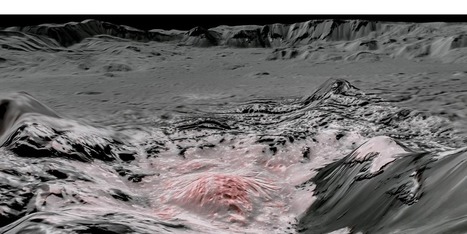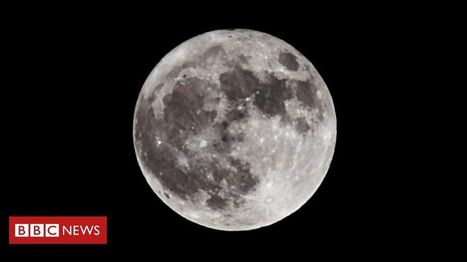The background: Ceres, a dwarf planet located in the asteroid belt between Mars and Jupiter, was studied intensely by the Dawn orbiter from March 2015 to November 2018. In its final weeks, the orbiter came as close as 22 miles from Ceres’s surface and collected a tremendous amount of data about the dwarf planet’s chemical composition. Dawn found many sodium chloride deposits on the surface, which scientists thought likely came from liquid that had seeped up onto the surface and evaporated, leaving behind a salty crust.
What’s new: But there still remained a question of exactly how that liquid got there. In a new analysis of the high-resolution images Dawn collected during those last weeks, Italian researchers found that the liquid comes from an underground reservoir of briny water, 25 miles below the surface of the Occator Crater, that could measure hundreds of miles wide. The salts found on the surface are important in helping to maintain liquid water within an environment like Ceres.
Learn more / Mehr erfahren:
https://www.scoop.it/t/21st-century-innovative-technologies-and-developments/?tag=Space
https://www.scoop.it/topic/21st-century-innovative-technologies-and-developments/?&tag=CERES



 Your new post is loading...
Your new post is loading...












Forscher haben riesige Mengen an Süßwasser unter dem Meeresboden entdeckt. Ist das ein Schlüssel in der Wasserversorgung?
Learn more / En savoir plus / Mehr erfahren:
https://www.scoop.it/t/21st-century-innovative-technologies-and-developments/?&tag=Water